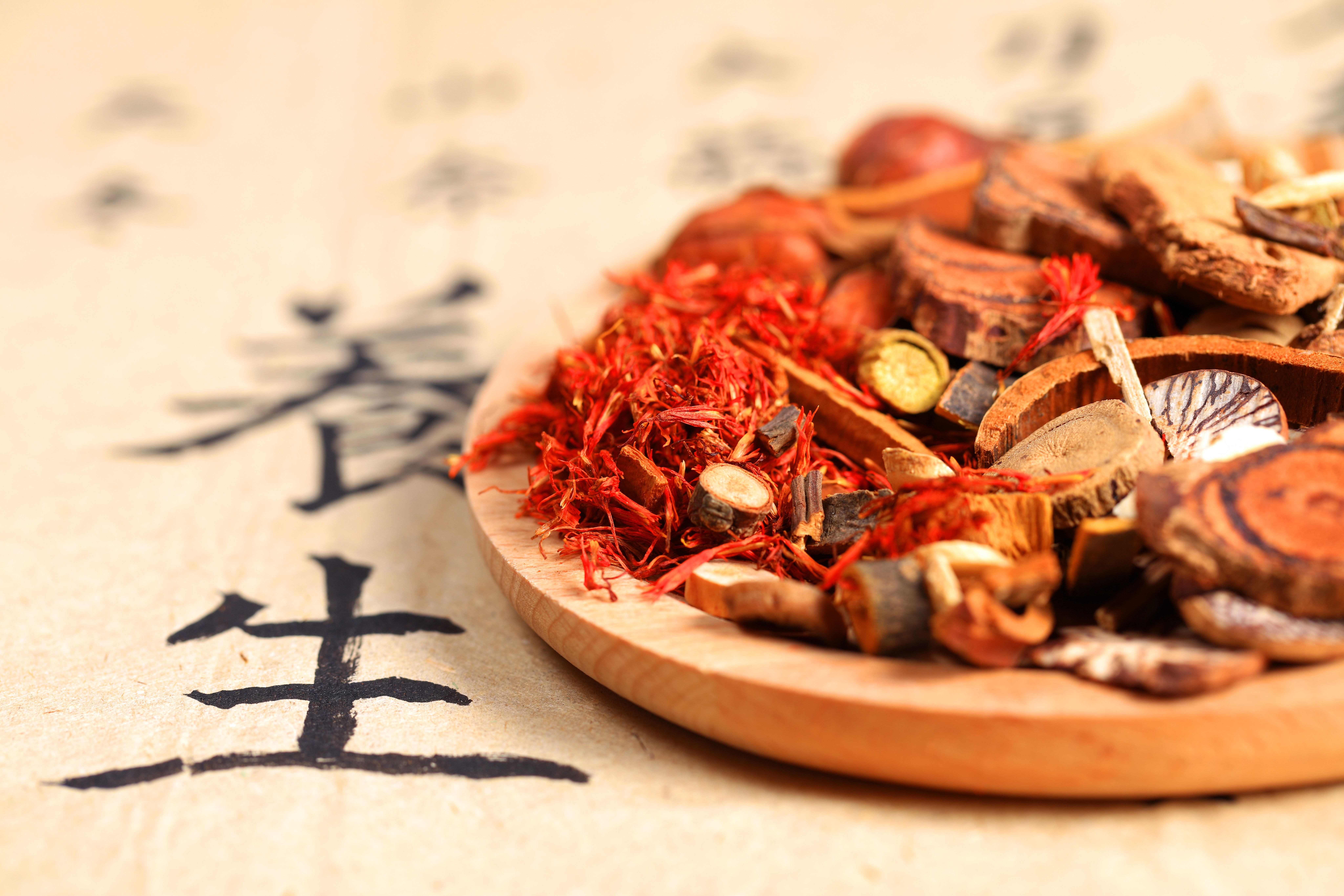Chinese herbal medicine | Image Credit: © zhengzaishanchu - stock.adobe.com

The research conducted by Jing Dong and team unveils a pioneering approach that not only unravels the complexities of Valeriana jatamansi, but also showcases the potential of advanced analytical techniques in comprehensively studying natural compounds.
In a recent study published in the Journal of Separation Science, lead author Jing Dong from Shimadzu and Capital Normal University and colleagues have unveiled a pioneering hybrid online analytical platform (1). This system is designed to aid analysis of traditional Chinese medicines, specifically focusing on Valeriana jatamansi Jones.
Chinese herbal medicine | Image Credit: © zhengzaishanchu - stock.adobe.com

Valeriana jatamansi is renowned in traditional Chinese medicine for its diverse chemical structures and wide polarity, housing compounds such as iridoids, chlorogenic acid, and flavonoids, which boast rich effective compositions (1). However, conventional high-performance liquid chromatography (HPLC) methods have shown limitations in fully characterizing these components. As a result, a new approach is needed to successfully characterize the components in traditional Chinese medicines.
Dong's team addressed this challenge by devising a hybrid online platform that integrates supercritical fluid extraction (SFE) with both reverse-phase HPLC (RP-HPLC) separation and supercritical fluid chromatography (SFC) in normal phase (1). The approach put forth by the research team sought to improve separation abilities. Unlike most traditional methods, the research team’s newly developed platform was able to further separate and analyze the complex compounds present in Valeriana jatamansi (1).
The research team also integrated mass spectrometry (MS) into their platform. By using a mass spectrometer in conjunction with their platform, the research team discovered that it helped improve analysis because it helped acquire HRMS data (1). As a result, the combination of techniques facilitates a comprehensive screening of Valeriana jatamansi components (1).
Overall, the study identified a staggering total of 117 compounds within Valeriana jatamansi. Among these were five lignans, 18 organic acids, six flavonoids, and 88 iridoids (1). Even more striking, 33 of these compounds were reported for the first time from Valeriana jatamansi, marking a significant advancement in our understanding of its chemical composition (1).
Therefore, this study demonstrated a new method that could better separate traditional Chinese medicine components while understanding the components of Valeriana jatamansi better. Moreover, the success of the developed online platform underscores its robustness and efficiency in analyzing intricate samples (1).
This study not only sheds light on the diverse chemical makeup of Valeriana jatamansi but also sets a precedent for the application of advanced analytical techniques in comprehensively unraveling the complexities of traditional Chinese medicine. Therefore, the hybrid online platform devised by Dong and the team represents a leap forward in accelerating the efficiency and accuracy of analyzing intricate natural compounds (1).
This article was written with the help of artificial intelligence and has been edited to ensure accuracy and clarity. You can read more about our policy for using AI here.
(1) Chen, H.; Zhang, X.; Ren, B.; Niu, Y.; Dong, J.Simultaneously Characterization of Multiple Constituents in Valeriana jatamansi Jones Using an Online Supercritical Fluid Extraction-High-Performance Liquid Chromatography/Supercritical Fluid Chromatography-Mass Spectrometry System. J. Sep. Sci. 2023, ASAP. DOI: 10.1002/jssc.202300550
New Study Reviews Chromatography Methods for Flavonoid Analysis
April 21st 2025Flavonoids are widely used metabolites that carry out various functions in different industries, such as food and cosmetics. Detecting, separating, and quantifying them in fruit species can be a complicated process.
Extracting Estrogenic Hormones Using Rotating Disk and Modified Clays
April 14th 2025University of Caldas and University of Chile researchers extracted estrogenic hormones from wastewater samples using rotating disk sorption extraction. After extraction, the concentrated analytes were measured using liquid chromatography coupled with photodiode array detection (HPLC-PDA).